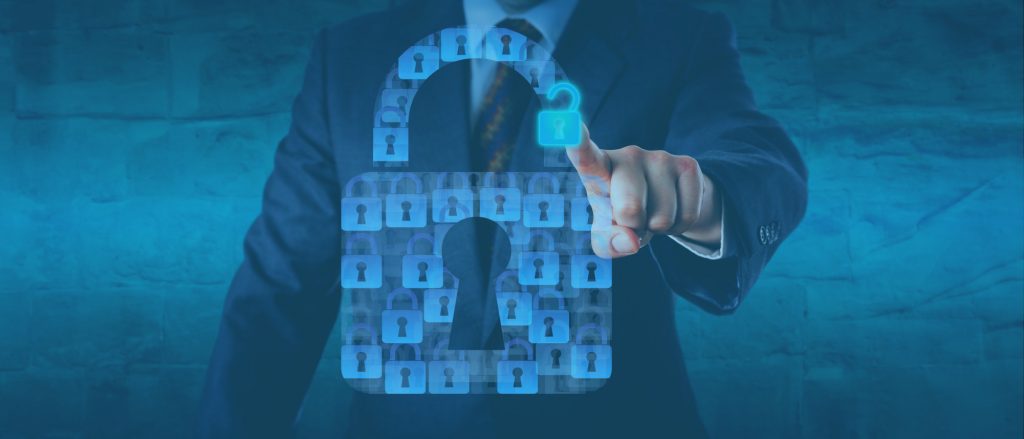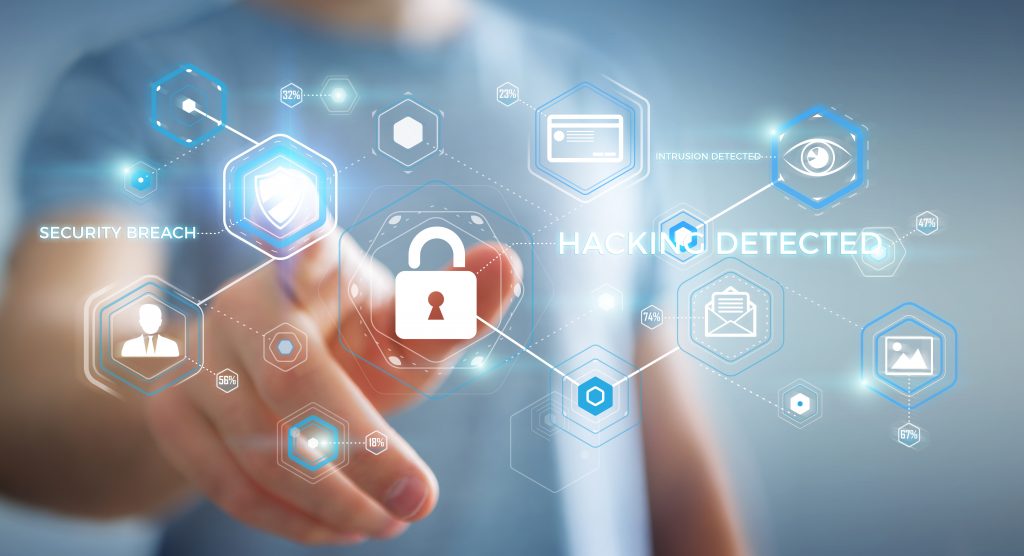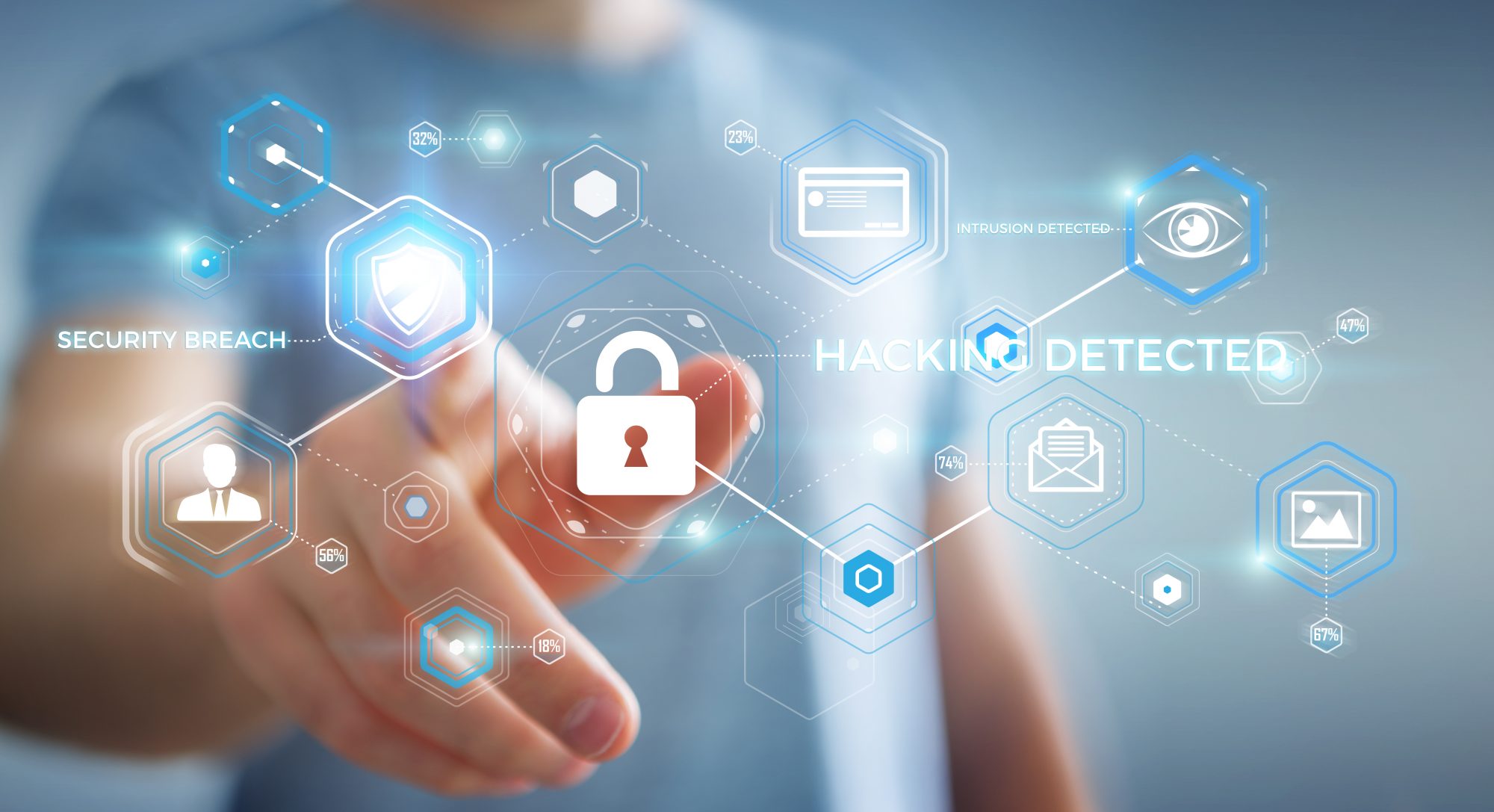In today’s digital age, small and medium-sized businesses (SMBs) are increasingly becoming targets for cybercriminals. With limited resources compared to large corporations, SMBs often face significant challenges in implementing robust cybersecurity measures. However, there are effective strategies that can help these businesses protect themselves from cyber threats. This blog explores practical steps SMBs can take to keep hackers at bay.
Understanding the Threat Landscape
Before diving into specific measures, it’s crucial for SMBs to understand the types of cyber threats they face. Common threats include:
• Phishing Attacks: Deceptive emails that trick employees into revealing sensitive information.
• Ransomware: Malicious software that encrypts data and demands a ransom for its release.
• Malware: Software designed to disrupt, damage, or gain unauthorised access to computer systems.
• Insider Threats: Employees or contractors who intentionally or unintentionally compromise security.
Thankfully, once SMB’s understand the threats that need to be addressed there are a number of measures a good IT service provider can help with to maximise their cybersecurity.
Implement Strong Password Policies
Weak passwords are a major vulnerability. To mitigate this risk, SMBs should:
• Enforce the use of strong, complex passwords.
• Implement multi-factor authentication (MFA) for an added layer of security.
• Require regular password updates.
Regular Software Updates and Patch Management
Keeping software up-to-date is crucial for closing security gaps. SMBs should:
• Regularly update operating systems, applications, and firmware.
• Enable automatic updates where possible.
• Use a patch management system to ensure all systems are consistently updated.
Employee Training and Awareness
Human error is a leading cause of security breaches. Educating employees about cybersecurity best practices is essential:
• Conduct regular training sessions on identifying phishing emails and other scams.
• Promote a culture of vigilance and responsibility.
• Simulate phishing attacks to test and reinforce employees’ awareness.
Utilise Firewalls and Antivirus Software
Firewalls and antivirus software are fundamental components of any cybersecurity strategy:
• Deploy robust firewall solutions to monitor and control incoming and outgoing network traffic.
• Install reputable antivirus software to detect and eliminate malicious software.
• Regularly update these tools to ensure they are effective against the latest threats.
Data Encryption
Encrypting sensitive data adds a crucial layer of protection. SMBs should:
• Use encryption for data at rest and in transit.
• Implement secure communication channels for transmitting sensitive information.
• Regularly review encryption protocols to ensure they meet current standards.
Backup and Recovery Plans
In the event of a cyber attack, having a reliable backup and recovery plan is vital:
• Perform regular backups of critical data.
• Store backups in a secure, off-site location.
• Test recovery procedures to ensure data can be restored quickly and effectively.
Access Control Measures
Limiting access to sensitive information can prevent data breaches:
• Implement the principle of least privilege, granting employees access only to the information necessary for their roles.
• Use role-based access controls to manage permissions.
• Regularly review and update access controls as employees change roles or leave the company.
Monitor and Audit Systems
Continuous monitoring and regular audits help detect and respond to suspicious activities:
• Use intrusion detection systems (IDS) and intrusion prevention systems (IPS) to monitor network traffic.
• Regularly audit systems and networks for vulnerabilities and signs of compromise.
• Implement a security information and event management (SIEM) system for real-time analysis of security alerts.
Develop a Cybersecurity Policy
A comprehensive cybersecurity policy provides a framework for protecting your business:
• Define roles and responsibilities for managing cybersecurity.
• Establish protocols for responding to security incidents.
• Regularly review and update the policy to address evolving threats and business needs.
Conclusion
By implementing these strategies, SMBs can significantly enhance their cybersecurity posture and reduce the risk of cyber attacks. While no single measure can guarantee complete security, a multi-layered approach combining technical solutions, employee training, and robust policies can help keep hackers at bay. Prioritising cybersecurity not only protects your business but also builds trust with customers and partners, ultimately contributing to long-term success.






